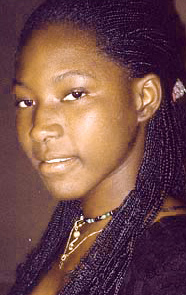 A Sara woman | |
| Total population | |
|---|---|
| ~6 million | |
| Regions with significant populations | |
| Chad, Central African Republic, and South Sudan | |
| 5,311,303 (30.5%) [1] | |
| 423,281 (7.9%) [2] | |
| Languages | |
| Sara languages, French | |
| Religion | |
| Christianity, Sara animism (traditional African religion), Islam | |
| Related ethnic groups | |
| Bilala people and other Central Sudanic peoples | |
The Sara people, sometimes referred to as the Kaba or Sara-Kaba[ citation needed ], are a Central Sudanic ethnic group native to southern Chad, the northwestern areas of the Central African Republic, and the southern border of South Sudan. [3] They speak the Sara languages which are a part of the Central Sudanic language family. [4] They are also the largest ethnic group in Chad. [5] [6]
Contents
- Overview
- In Chad
- In the Central African Republic
- Languages
- Religion
- Genetics
- Notable Sara people
- See also
- References
- Bibliography
Sara oral histories add further details about the people. In summary, the Sara are mostly animists (veneration of nature), with a social order made up of several patrilineal clans formerly united into a single polity with a national language, national identity, and national religion. Many Sara people have retained their ethnic religion, but some have converted to Christianity and Islam. [7]

